Search Images
Browse Content (p. 1582)
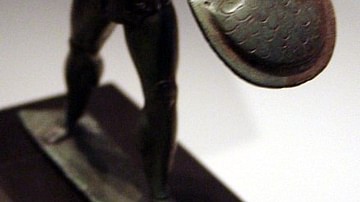
Image
Hoplite Warrior, Dodona
The bronze statuette from Dodona depicting a hoplite warrior.
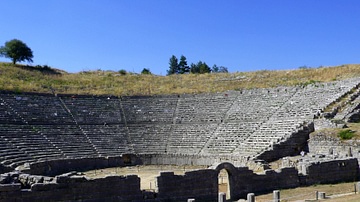
Image
Theatre of Dodona
The theatre of Dodona, 3rd century BCE.
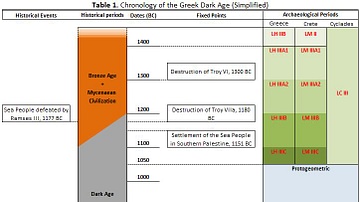
Image
Table 1 - Chronology of the Greek Dark Age
Simplified chronology of the Greek Dark Age
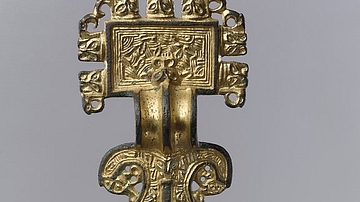
Image
Saxon Square-Headed Bow Brooch
Saxon Square-Headed Bow Brooch, Anglo-Saxon, 6th century CE, Metropolitan Museum of Art.

Image
Kingdom of Samo
Possible borders of the Slavic territory under the rule of King Samo in 631.

Image
Black-Figure Warrior Scene
A scene depicting warriors fighting over a corpse, probably a scene from the Iliad and the fallen warrior is Patrokles. Attic black-figure kalyx krater, c. 530 BCE. (National Archaeological Museum, Athens)
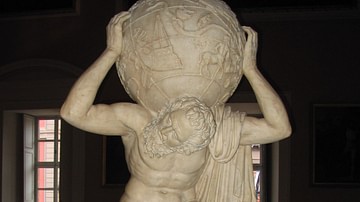
Image
The Farnese Atlas
A sculpture of the Titan Atlas carrying the world on his shoulders, 2nd century CE. (National Archaeological Museum, Naples, Italy).
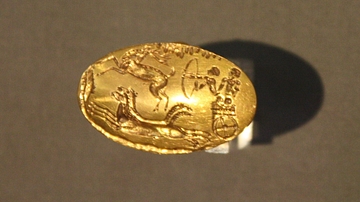
Image
Gold Ring from Mycenae
A Mycenaean gold ring depicting a hunting scene. From Grave Circle A, Mycenae, 16th century BCE. (National Archaeological Museum, Athens)
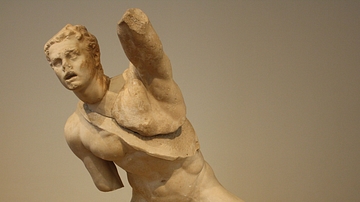
Image
Fighting Gaul
A marble statue of a fighting Gaul. Found in Delos. 100 BCE. (National Archaeological Museum, Athens)
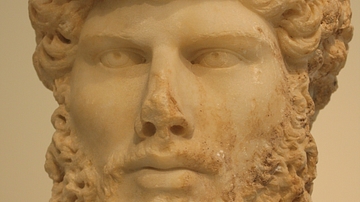
Image
Lucius Verus
A marble portrait bust of Roman emperor Lucius Verus, reign 161-169 CE. Found in Athens. (National Archaeological Museum, Athens)